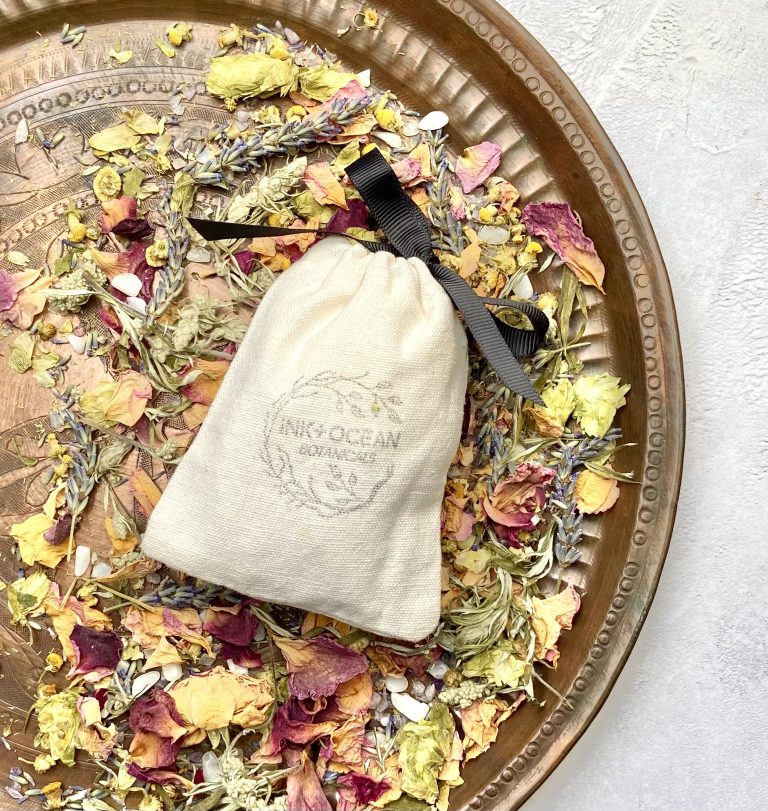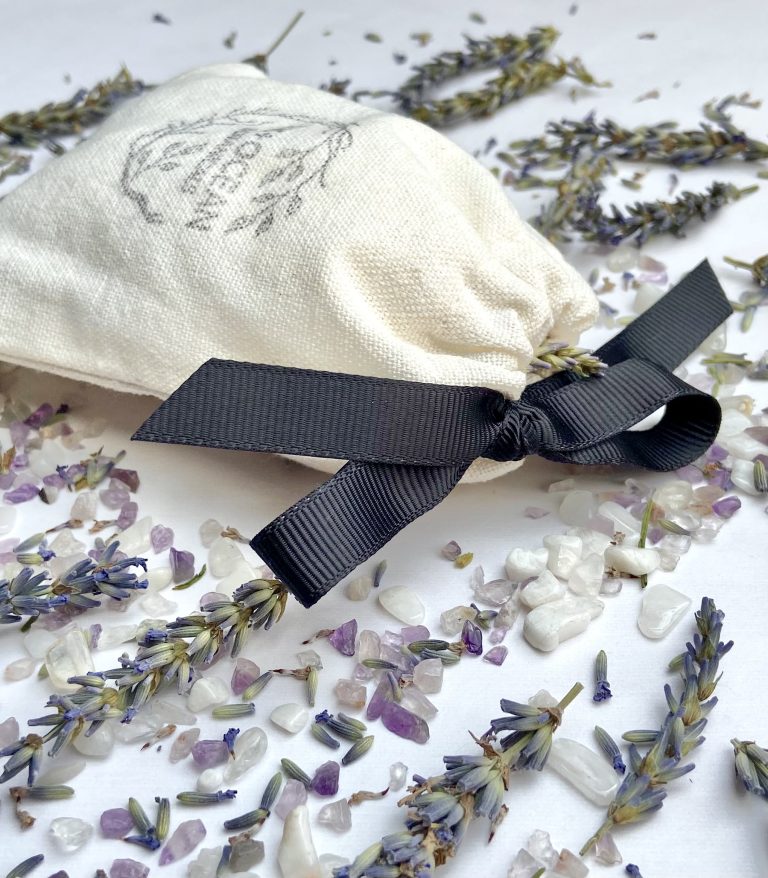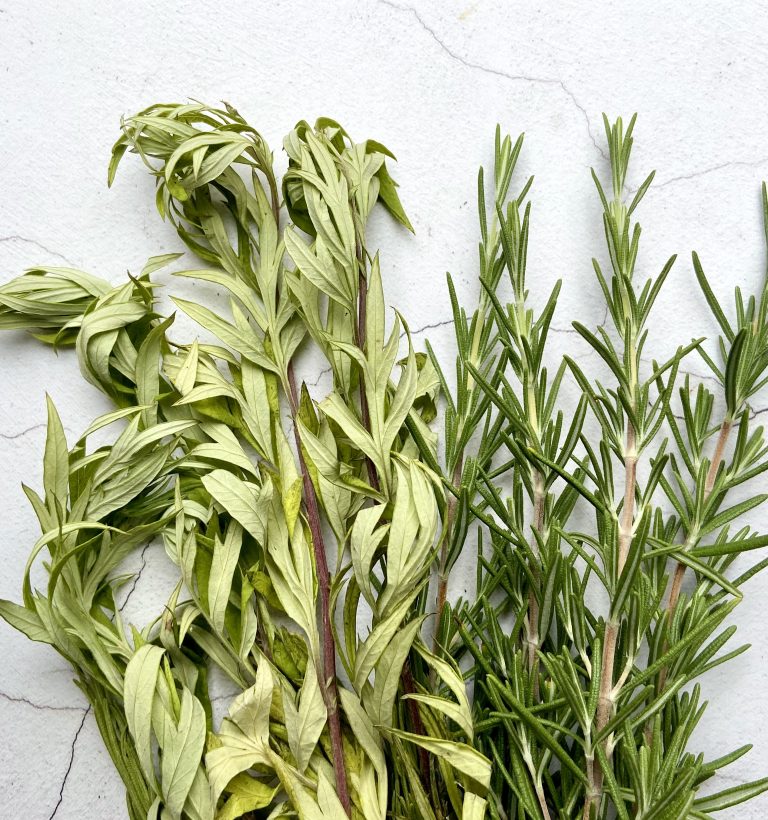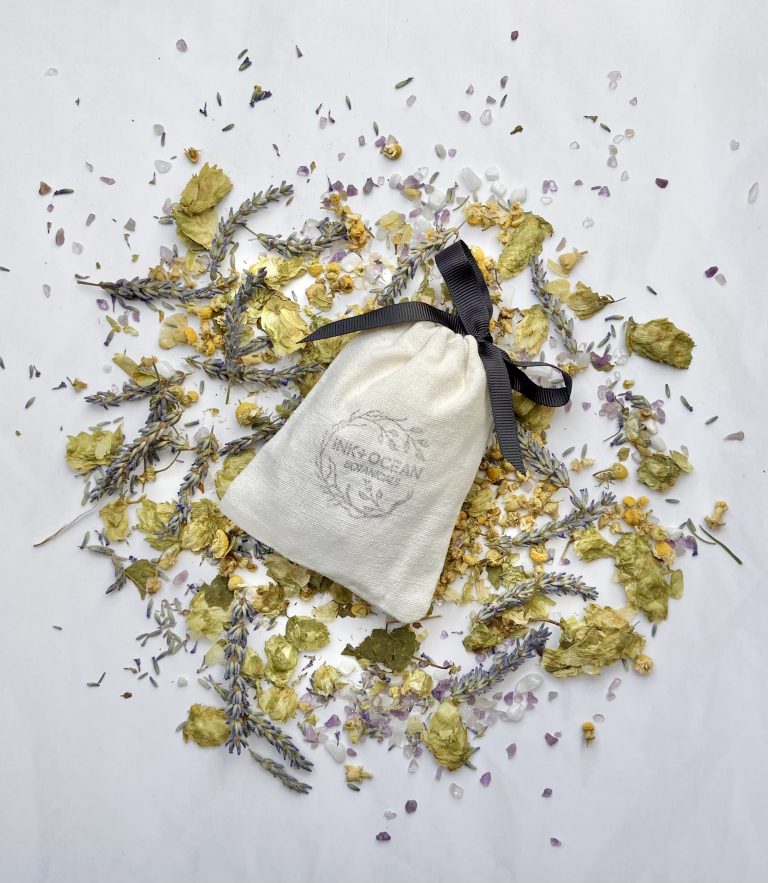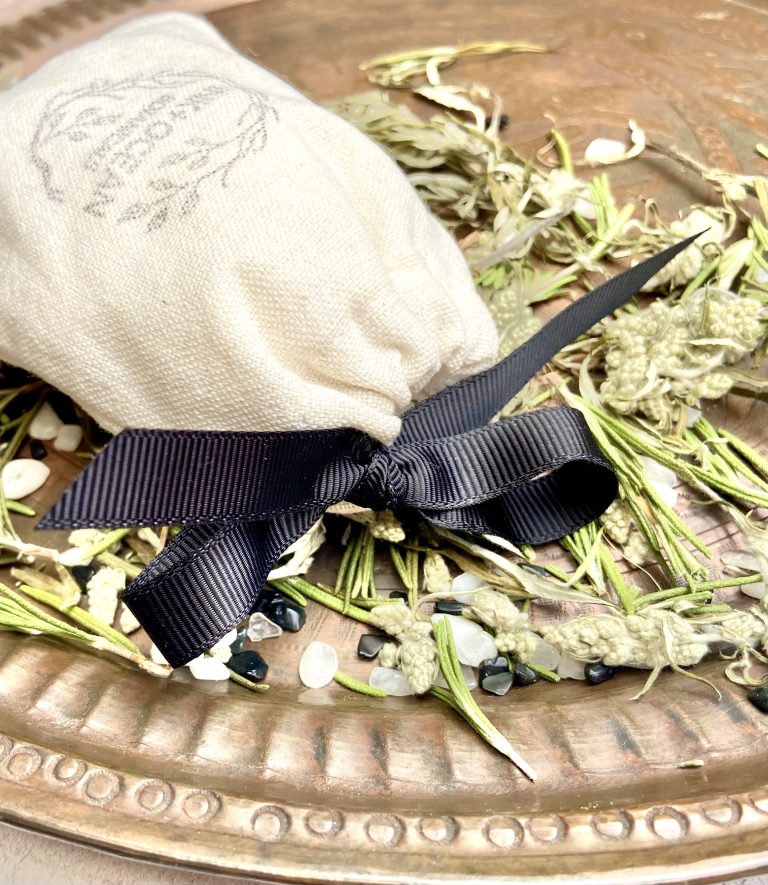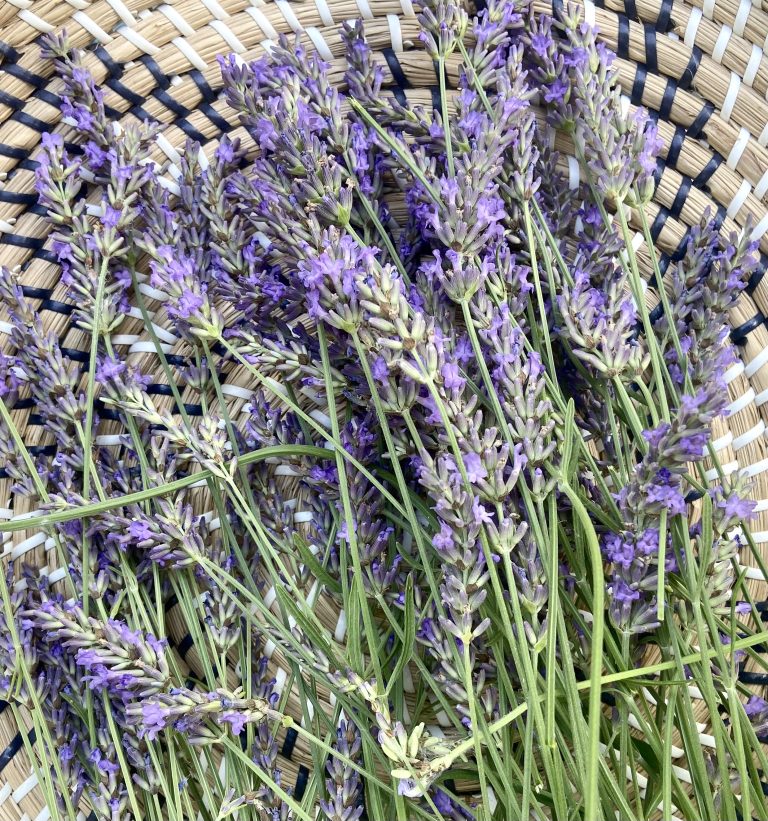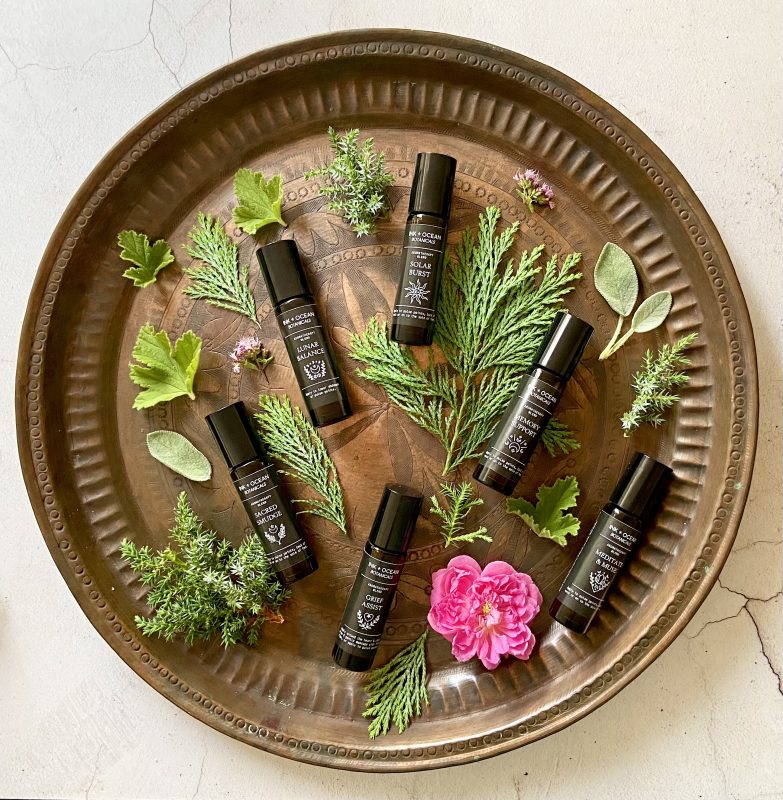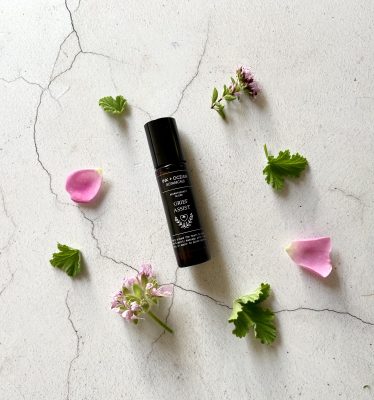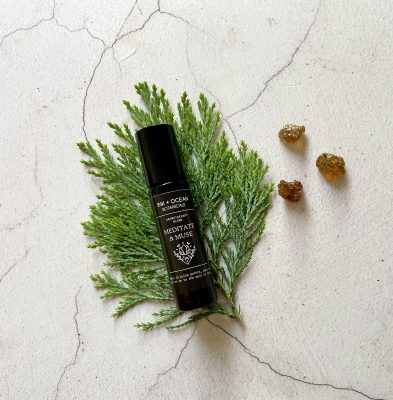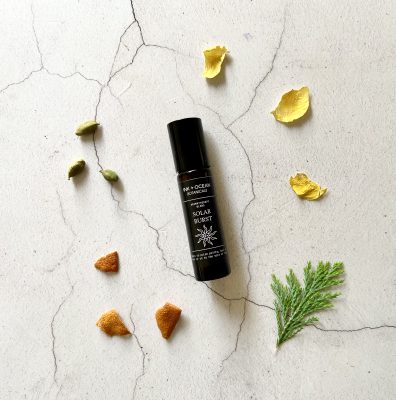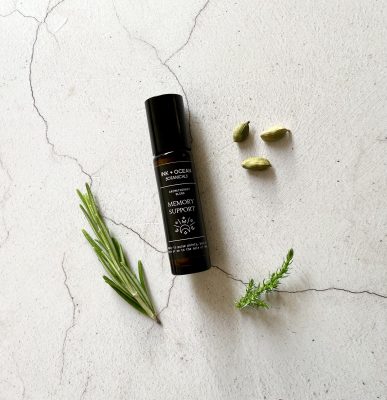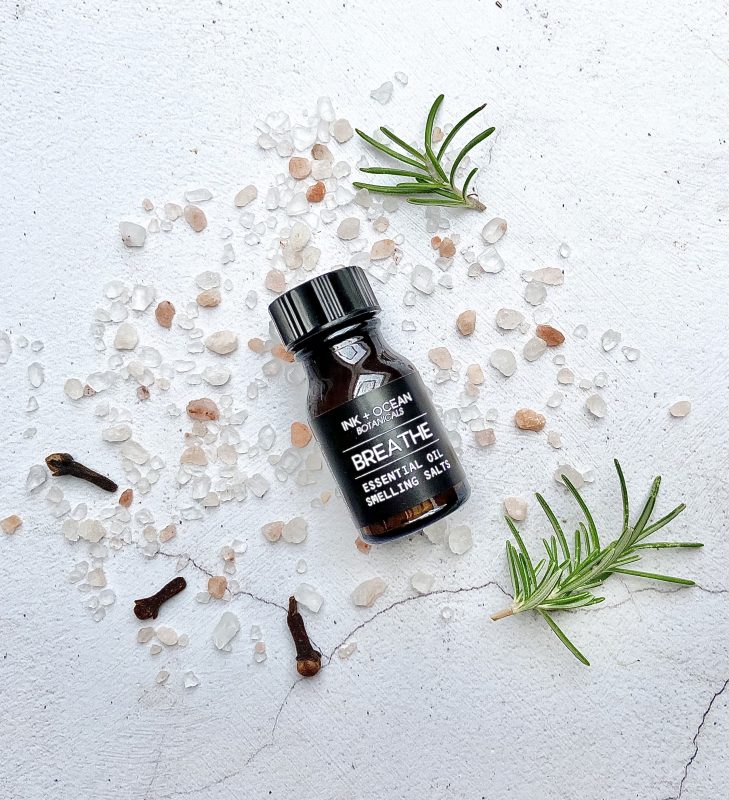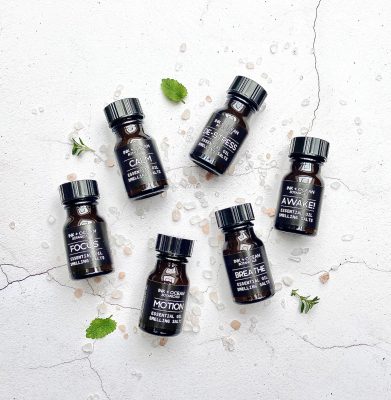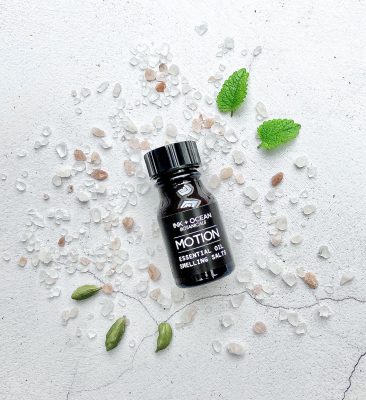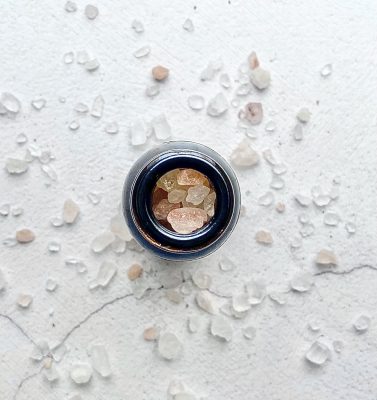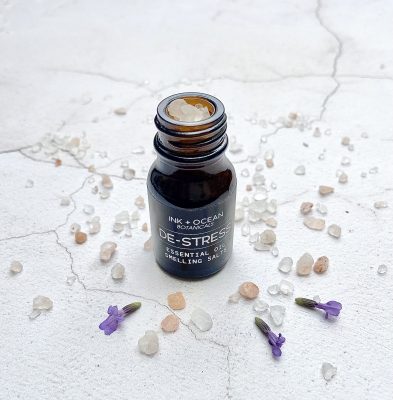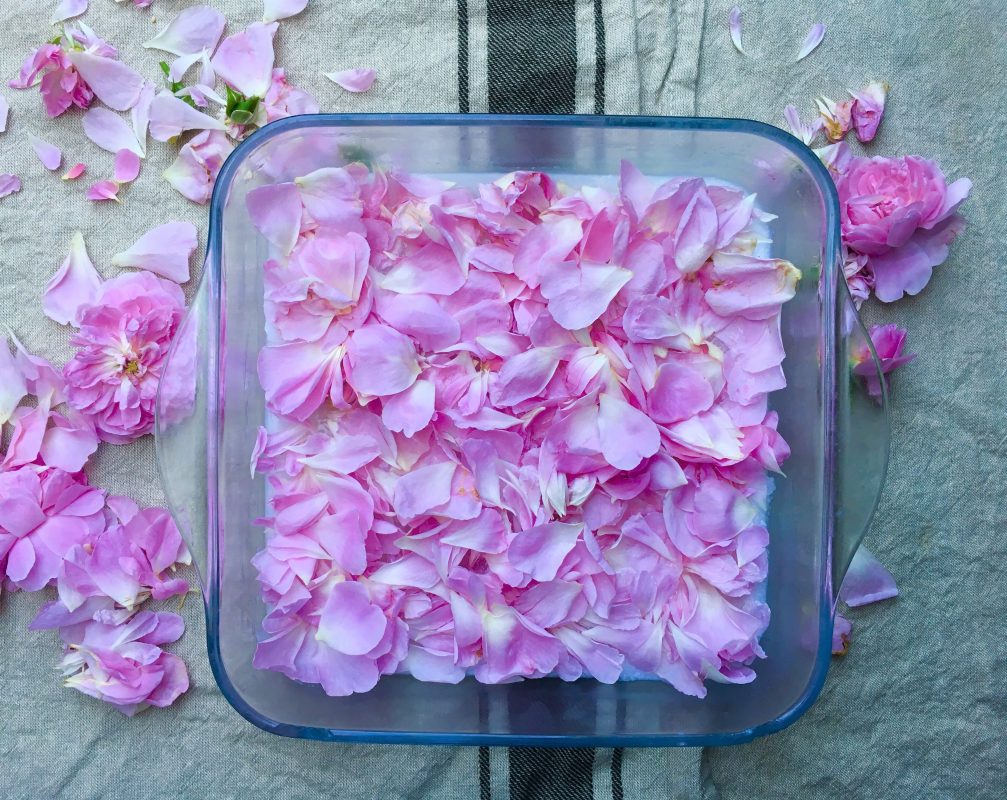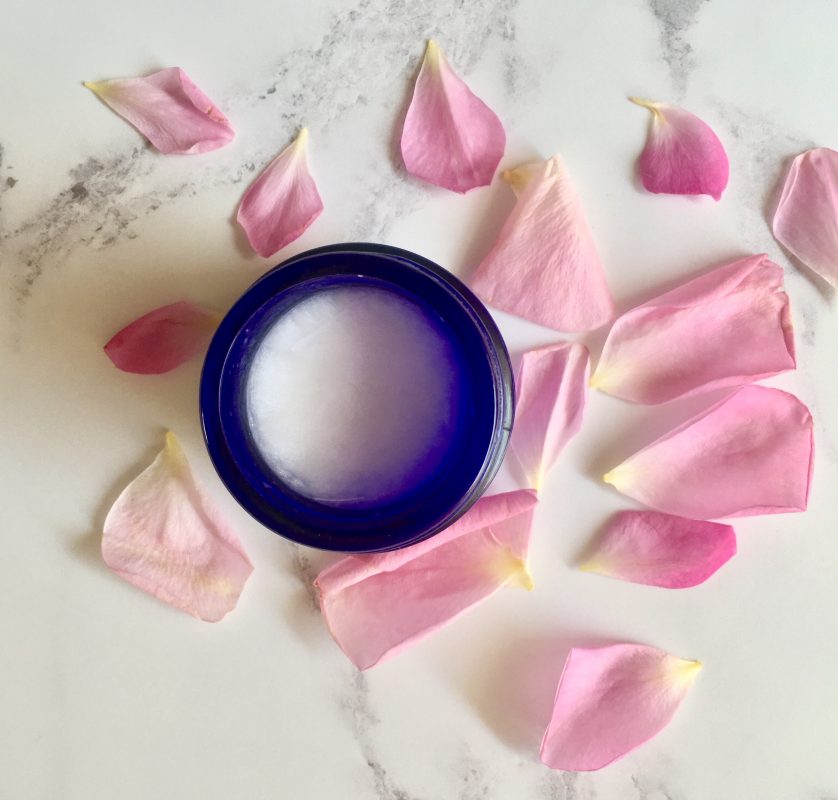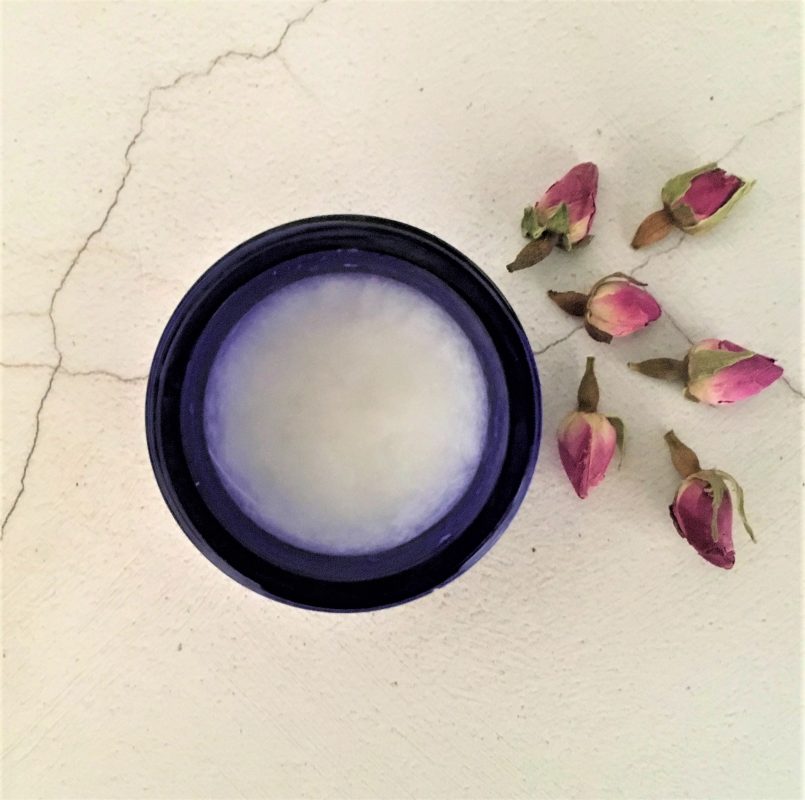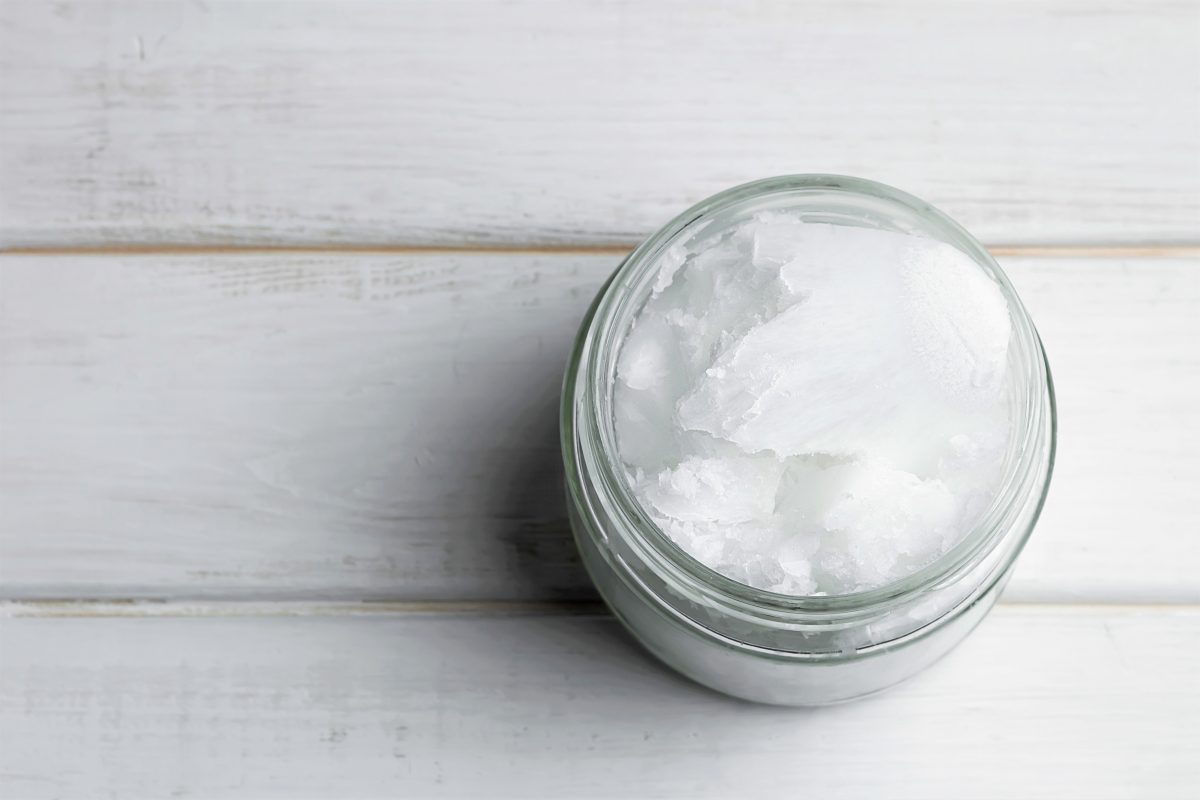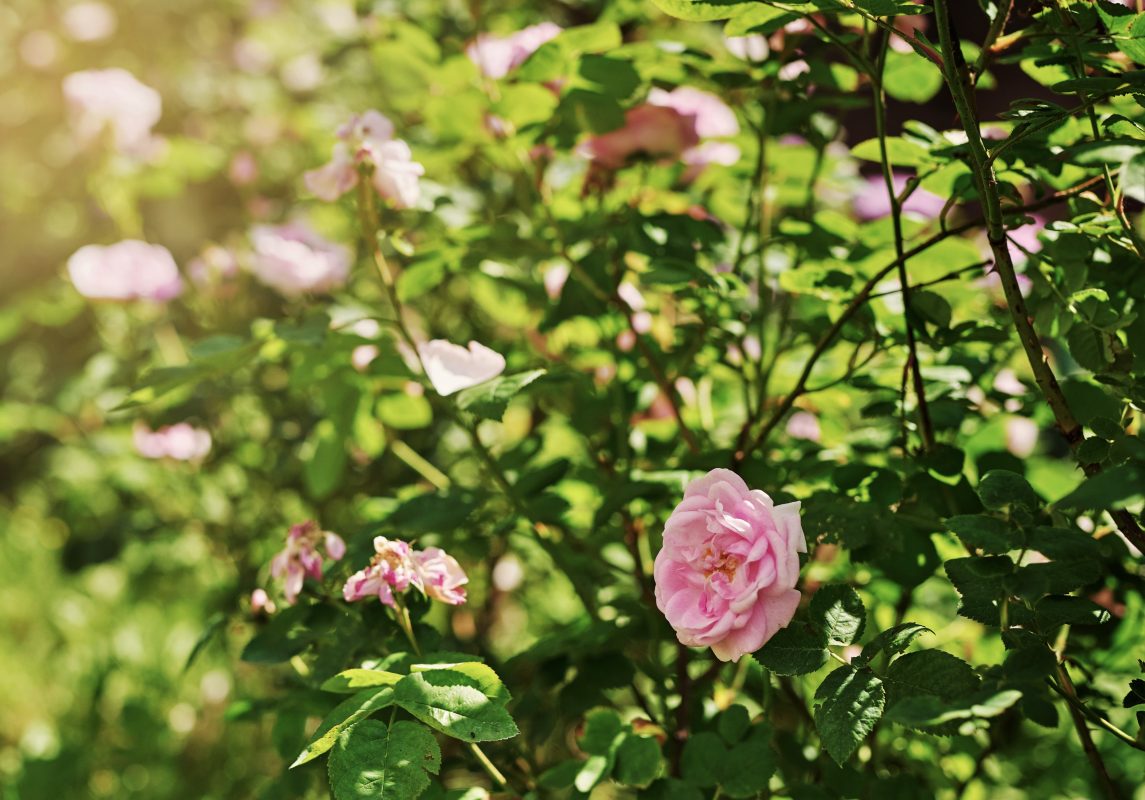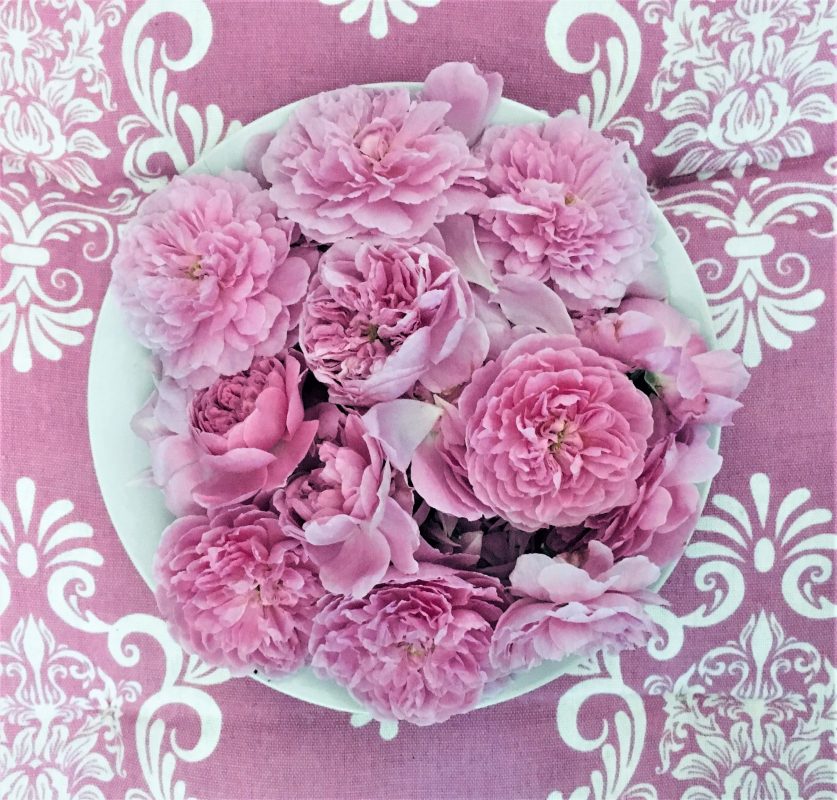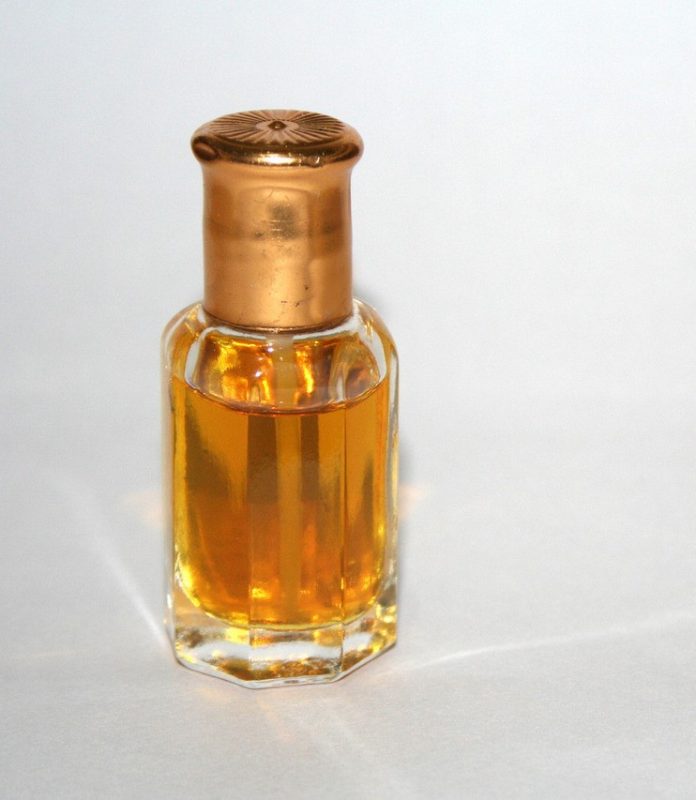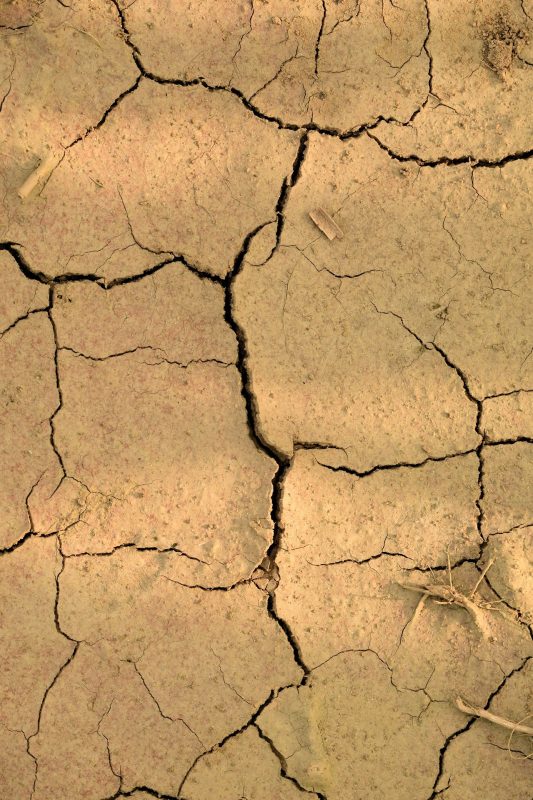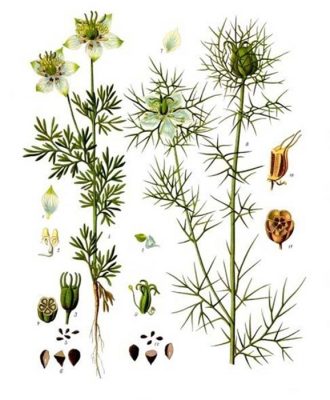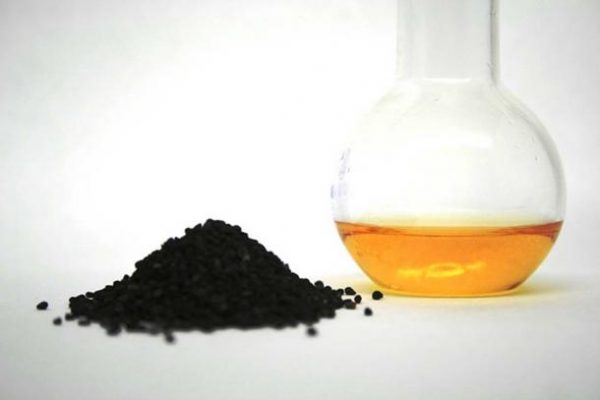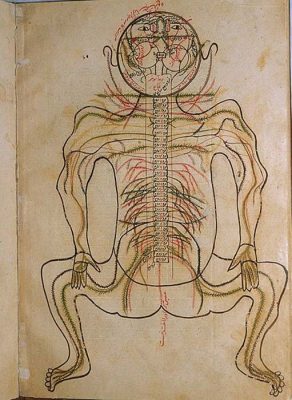The wisdom of the ancients is fascinating. How they saw the world not just in physical terms but as an interplay of elements, each with its own energy and essence. The Four classical Elements ‘Earth, Water, Air, and Fire’, are fundamental forces that represent different aspects of nature, energy, and the human experience. Elements are the raw primary substance of everything that exists in the universe. Their intermixture creates different forms in nature, and are one of the underlying principles in Greek and Unani medicine, forming the basis of their medical and philosophical traditions. These systems view health as a balance between these elements within the body. In modern science the four elements align with the four states of matter: solid (earth), liquid (water), gas (air), and plasma (fire).
Spring Is The Daughter Of The ‘Air’ Element
The Spring season is classically associated with the qualities of warmth and moisture, is closely connected to the Air element in both Greek/Unani Medicine and other holistic traditions due to its characteristics, and the changes it brings in nature. The Air element represents qualities such as lightness, movement, freshness, joy, and fluidity, all of which are mirrored in the season of Spring.
Spring is a time of bloom and rebirth. When the earth awakens, plants begin to grow, and the air becomes lighter and restoring. This revitalising change is associated with the Air element’s ability to refresh, cleanse, awaken and nurture the environment.
The Air element is defined by movement and circulation. In Spring, winds are more frequent, and air flows through the atmosphere, promoting change and growth. Similarly, the body experiences an increased circulation of blood, oxygen, and vital energies. Air stimulates mental clarity and the release of toxins, similar to how the Spring season clears away the stagnancy of winter.
Just as the weather becomes lighter and warmer in Spring, the Air element is characterised by lightness, which promotes mental clarity, creativity, and vitality. People tend to feel more energetic and mentally sharper in Spring, a natural reflection of the Air element’s influence on mental stimulation.
As we welcome the vibrant energy of Spring and embrace the Air element, essential oils can be a perfect way to support the mental clarity, creativity, and renewal that this season brings. They can help clear stagnant energy, boost our mood, and energise us for new beginnings ahead.
Some Essential Oils To Incorporate Into Your Spring Ritual, To Correspond With The Air Element
I like to use essential oils to align myself with the energy of the seasons, and Spring is no exception. The scents can lift mood, clear the mind, and help you feel more connected to the world around. Here are some of my favourite and very accessible and inexpensive oils:
Peppermint
Peppermint is a cooling, energising, and stimulating oil that reflects the refreshing and invigorating qualities of the Air element. It helps to clear mental fog and enhances focus and alertness, perfect for spring when we want to jump into action and start afresh.
It helps improve mental clarity, stimulates creativity, and provides a sense of refreshment and invigoration. It also clears the airways and promotes easier breathing, which aligns with the Air element.
Lavender
Lavender is a balancing and calming essential oil that helps promote mental clarity and emotional balance. It can soothe restlessness, which is common in Spring as the energy of the Air element can sometimes flare up anxiety or agitation. It helps to reduce stress, clear the mind, and promote restful sleep -important for staying grounded as you move through the energetic season of change.
Lemon
Lemon oil always makes me think of sunshine streaming through my window on a bright Spring morning. Its essential oil embodies the fresh, bright, and uplifting qualities of Spring and the Air element. It brings a sense of cleansing and purification, helping to clear the mental clutter and boost your mood.
Known for its detoxifying properties, lemon oil promotes mental clarity, improves focus, and encourages a positive mindset. It’s perfect for the mental rejuvenation we often crave as the season shifts.
Eucalyptus
Eucalyptus essential oil is cleansing and purifying, making it an excellent choice for supporting the Air element in spring. It can help clear congestion in the respiratory system and invigorate the mind by promoting deep, refreshing breaths. It has a strong menthol scent that opens the airways, clears the mind, and refreshes the environment. It can be especially helpful for spring allergies and sinus issues that may arise during the season.
Bergamot
Bergamot is a citrus oil that captures the light and uplifting essence of spring. It balances the emotional and mental energy, creating a sense of joy and optimism, which is perfect for the season of growth and change.
It helps to reduce anxiety, boost mood, and bring a sense of mental clarity. It can also have a soothing effect, making it ideal for times when the Air element’s energy may feel overwhelming.
Rosemary
Rosemary is often associated with mental stimulation and focus, making it the perfect essential oil to use in Spring, a time when our minds are waking up and seeking clarity. It promotes clear thinking, memory, and alertness. It’s invigorating and can help boost concentration, alleviate mental fatigue, and improve overall cognitive function. It’s also great for lifting the mood during the energetic shifts of spring, and also known for energetic clearing.
Geranium
Geranium has a balancing and uplifting effect, and its sweet floral scent aligns with the beauty and renewal of spring. It supports emotional well being and offers mental clarity while easing any anxiety or emotional unrest that may arise with the changing seasons.
How To Use These Essential Oils To Harmonise With Spring’s Energy
Diffuser: Add a few drops of your chosen essential oil(s) to a diffuser and fill your space with a refreshing, uplifting aroma.
Topical Anointment: Dilute essential oils with a carrier oil (like jojoba or coconut oil) and apply to your pulse points, neck, or chest focusing on intention. For respiratory support, apply to the chest or back of the neck.
Bath: Add a few drops of essential oils like lavender, eucalyptus, or geranium to a carrier oil in a warm bath to enhance relaxation and detoxification.
Inhalation: Inhale directly from the bottle or place a drop on a tissue or cotton ball and keep it with you for a refreshing and energising boost throughout the day. Or simply apply a drop to your palms, rub them together, and inhale to invoke a sense of connection. As you breathe, take a moment to connect with the season of Spring, and reflect on the energetic properties of the Air element.
Spring is a season of transformation, a time to declutter, and let go of what no longer serves you, and step into new possibilities. The Air element reminds me to stay open, to move freely, and to embrace change with a sense of lightness and curiosity. Use these oils to align yourself with the freshness, clarity, and creative flow of Spring, and think of the Air element as a guide into the season of transformation, growth, and new beginnings.
Image: An illustration from the Tacuinum Sanitatis. Depicting an image of the season of Spring. ‘Taqwīm aṣ‑Ṣiḥḥa’ is originally an 11th-century Arab medical health treatise by Ibn Butlan of Baghdad.






